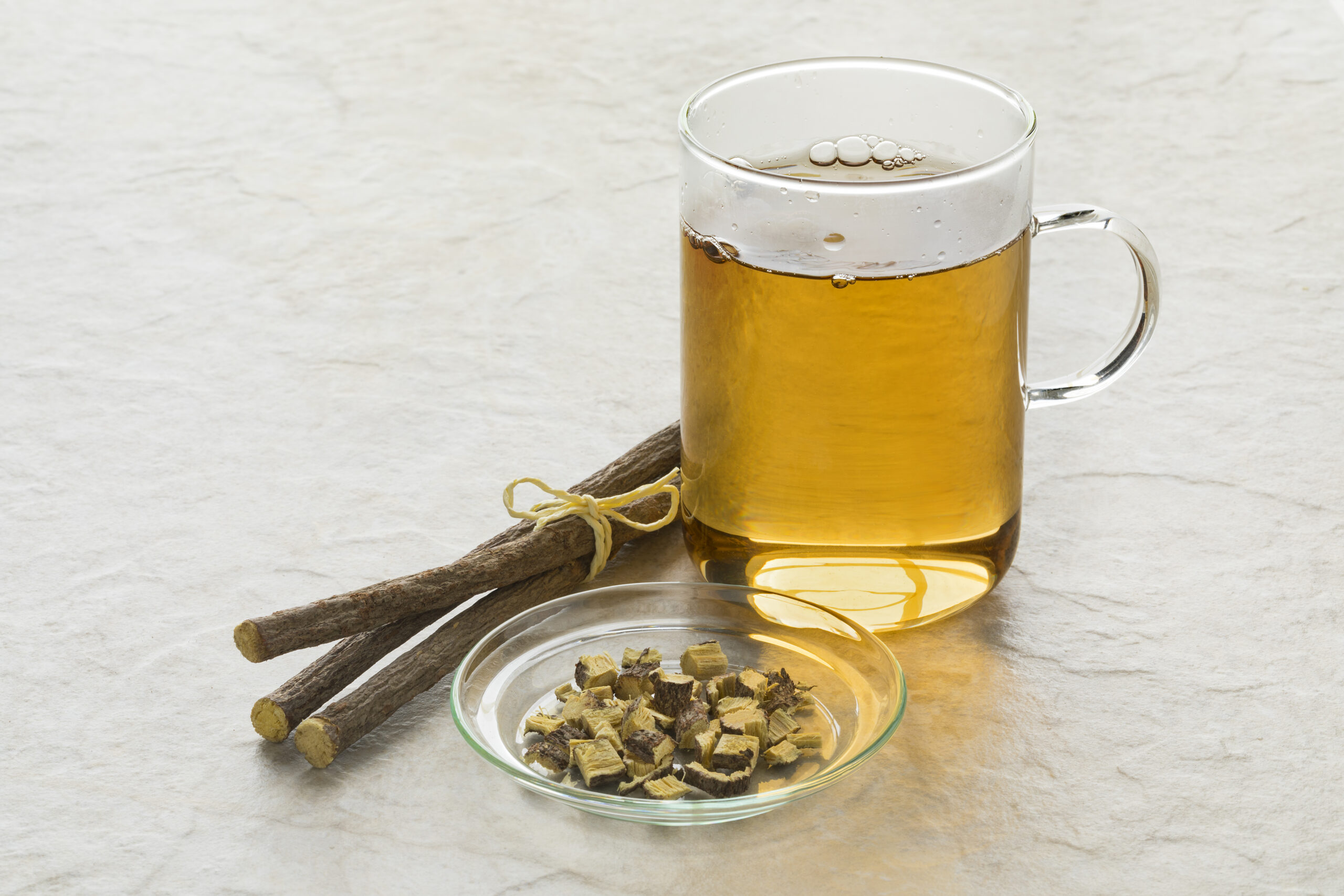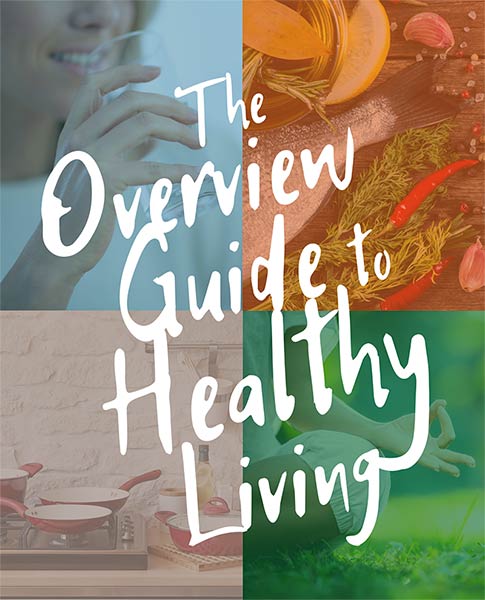Unlike most of the herbs under review regarded as safe under most conditions, licorice has been associated with a variety of concerns. Some of them are tied to possible drug interactions while others are linked to worrisome side effects.
In some cases, research (Berry, 2018) has linked the herb to drops in the body’s potassium supply, therefore supplementing with potassium and lowering sodium intake may be indicated when using this herb. Other findings show that licorice can interfere with medicines approved to lower blood pressure as well as those prescribed to thin the blood. The herb has also been shown to interact with adrenal hormones and must be avoided when on steroid medications (Omar et al., 2012). Patients are advised to consume the herb only in small amounts or to avoid its use altogether.
While the warnings surrounding licorice and drug interactions are alarming enough, trouble can also arise in the form of side effects caused by using the herb. In this context, danger is tied to excessive consumption of glycyrrhizin acid, a substance contained in the herb. Overdoses can lead to blood pressure spikes and increased risks of seizures. Problems associated with dips in potassium levels may manifest as lethargy, swelling or heart rhythm abnormalities. In some cases, high levels of the acid can lead to heart failure and pregnancy complications. Studies point to episodes of brain damage afflicting the unborn fetus (Strandberg et al., 2001). All these findings sound the alarm bells with respect to licorice, and they make the case for caution and restraint.
References:
Omar, H. R., Komarova, I., El-Ghonemi, M., Fathy, A., Rashad, R., Abdelmalak, H. D., Yerramadha, M. R., Ali, Y., Helal, E., & Camporesi, E. M. (2012). Licorice abuse: time to send a warning message. Therapeutic advances in endocrinology and metabolism, 3(4), 125–138. https://doi.org/10.1177/2042018812454322
Strandberg, T. E., Järvenpää, A. L., Vanhanen, H., & McKeigue, P. M. (2001). Birth outcome in relation to licorice consumption during pregnancy. American journal of epidemiology, 153(11), 1085–1088. https://doi.org/10.1093/aje/153.11.1085

